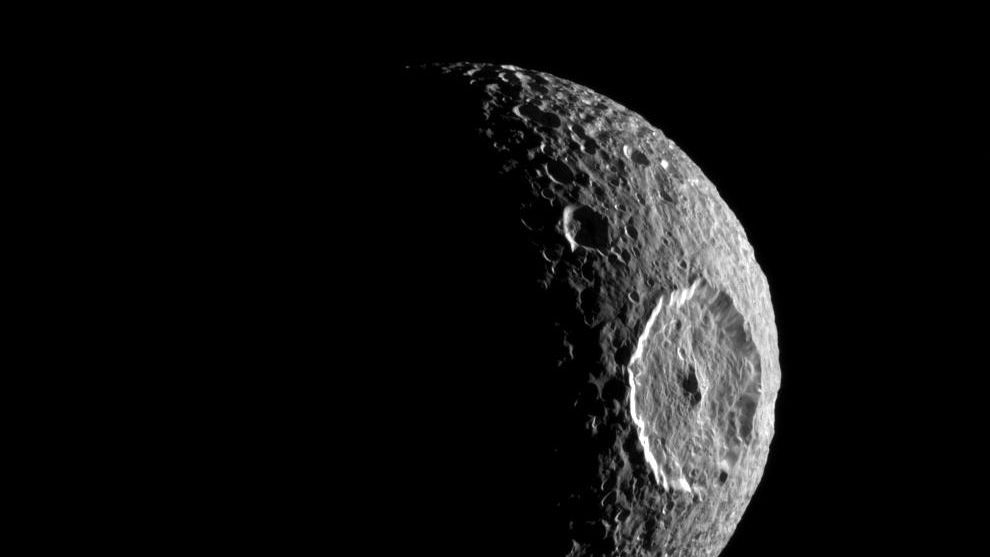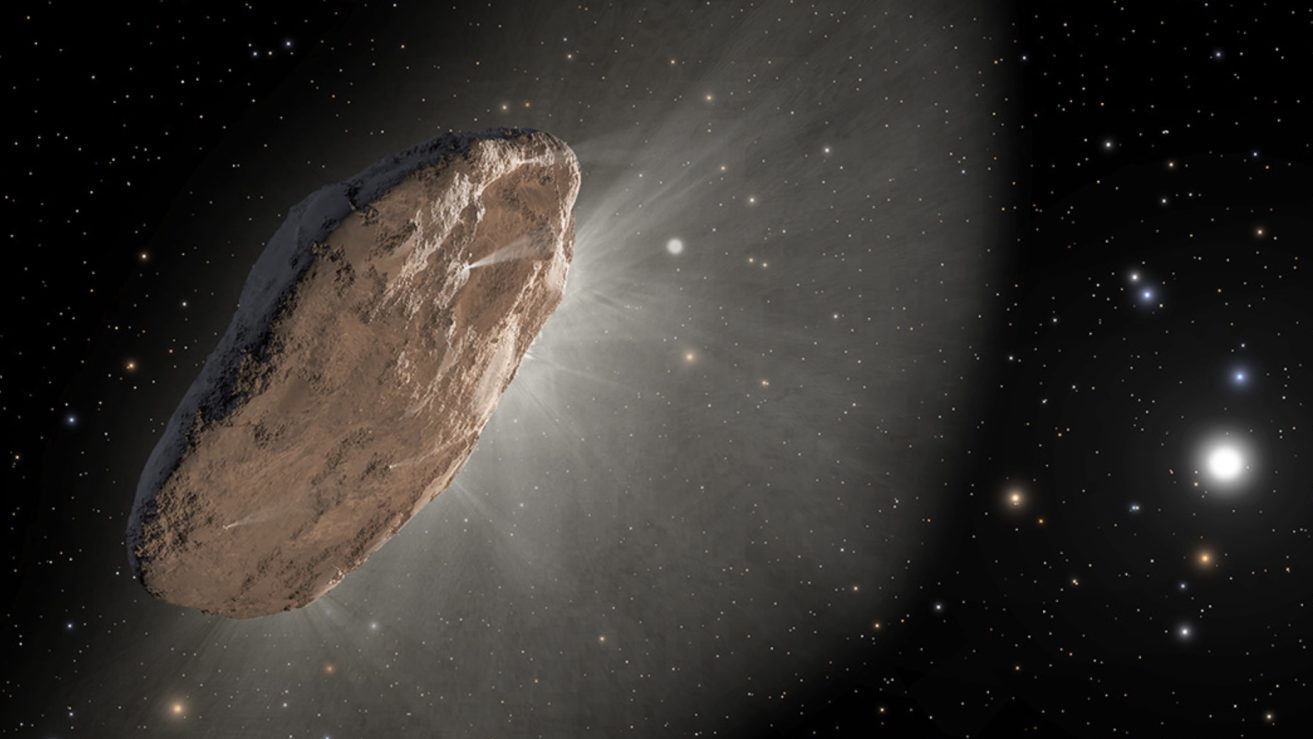Two Planets, Two Suns, One Happy Solar System

Article written by guest writer Kecia Lynn
What’s the Latest Development?
Anybody who’s seen the first Star Wars movie can remember the strange thrill of seeing, through Luke Skywalker’s eyes, the twin suns of his home planet, Tatooine. With the help of NASA’s Kepler mission, astronomers have recently detected a binary star system about which two planets are enjoying relatively stable orbits. The larger planet orbits the suns every 303 days, which puts it into the desirable “habitable region” where liquid water could exist. Due to its size — its radius is more than four times that of Earth’s — scientists believe it may be a gas giant similar to Uranus. However, any moons orbiting the planet could potentially contain water.
What’s the Big Idea?
Kepler has discovered binary stars before, including four with their own single orbiting planet, but it’s the first time a “circumbinary system” has been detected that contains two planets. This simple fact — that multiple planets can exist in such a system — highlights the team’s findings, which were published online yesterday. It’s not an exact version of Tatooine, however: Unlike Luke’s home world, where the daylight was fairly constant, these two planets move quickly in their orbits, resulting in uneven illumination.
Photo Credit: Shutterstock.com





